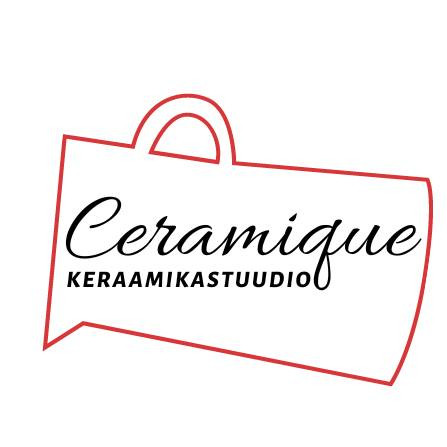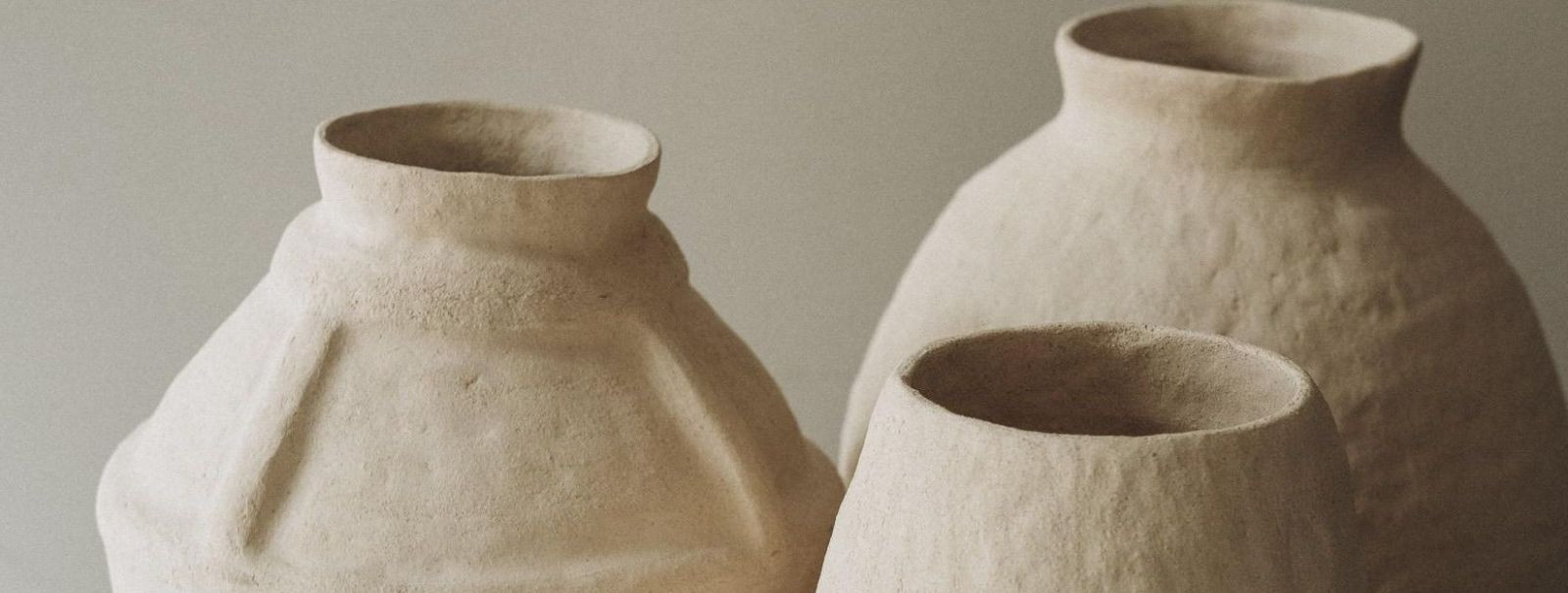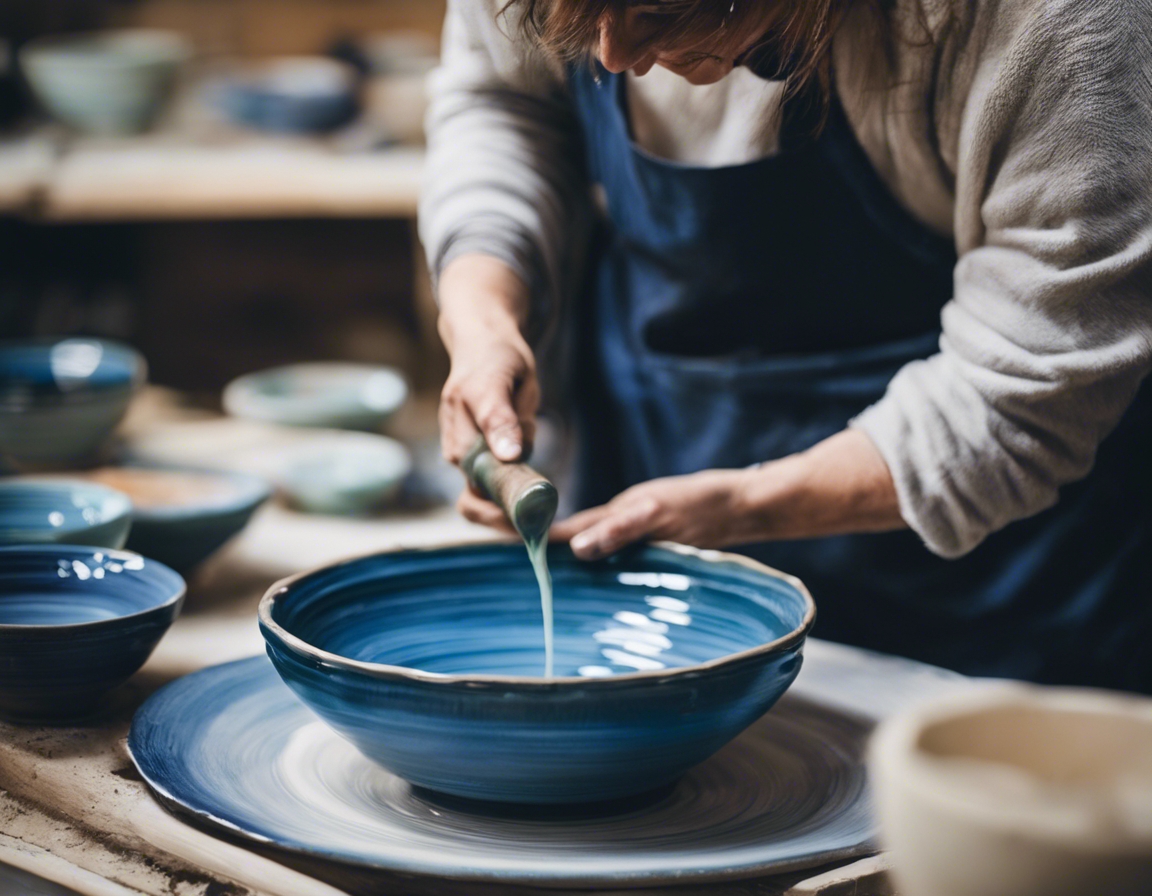Ceramic art through the ages: a timeless tradition
The story of ceramic art begins with the earliest human civilizations, where the malleable nature of clay was discovered and transformed into functional pottery and decorative objects. From the coiling and pinching techniques of ancient artisans to the wheel-thrown pottery of later cultures, ceramics have been a cornerstone of human creativity.
Over millennia, the craft of ceramics has evolved, with each culture adding its own techniques and styles. The development of glazing methods, for example, not only improved the functionality of ceramic wares but also introduced an endless spectrum of aesthetic possibilities.
Ceramic art is a global phenomenon, with each region contributing its unique voice to the chorus of clay. From the delicate porcelain of China to the bold geometric patterns of Islamic tiles, ceramics serve as a cultural fingerprint, preserving the artistic expressions of peoples across time and space.
The Historical Significance of Ceramics
Ceramics have played a pivotal role in the daily life and religious practices of ancient civilizations. The amphorae of Greece, the terracotta army of China, and the Mayan pottery are just a few examples of how ceramics have been integral to human history.
The durability and versatility of ceramic goods made them ideal for trade, significantly impacting the economies of ancient societies. The exchange of ceramic goods along the Silk Road, for instance, facilitated not only economic prosperity but also the exchange of artistic ideas.
Ceramics often reflect the values, beliefs, and aesthetics of the society from which they originate. They can signify status, serve religious purposes, or function as everyday utensils, each with its own story and significance.
Notable Ceramic Movements and Styles
Indigenous pottery, with its rich traditions and deep connection to the land, offers insight into the lives and beliefs of native cultures. The Pueblo peoples of the American Southwest, for example, are renowned for their intricate painted pottery, each piece a testament to their heritage.
The Silk Road was not only a trade route but also a conduit for cultural exchange, including ceramic techniques and styles. The intermingling of Persian, Indian, and Chinese ceramic art along these routes created a melting pot of influences that shaped the craft for centuries.
The European Renaissance brought a renewed interest in the art of ceramics, with Italian maiolica, Dutch Delftware, and French faience becoming highly sought after. These movements reflected the artistic awakening of the time and the desire for both beauty and utility in everyday objects.
In the modern era, ceramic art continues to thrive, with artists pushing the boundaries of the medium. Contemporary ceramicists explore form, texture, and color, creating works that challenge traditional notions of pottery and sculpture.
The Process of Creating Ceramic Art
The transformation of raw clay into a finished piece of ceramic art is a journey of technique and expression. The fundamental steps of wedging, shaping, firing, and glazing are the backbone of pottery making, each step an opportunity for artistic choice.
Glazing is not just a means of sealing and decorating ceramic ware; it is also a canvas for artistic expression. Techniques such as sgraffito, slip trailing, and underglaze painting allow artists to create intricate designs and surface effects that make each piece unique.
Advancements in kiln technology and the development of new glazes and clay bodies have expanded the possibilities of what can be achieved in ceramics. Artists continue to experiment with these innovations, constantly redefining the boundaries of the craft.
The Therapeutic Benefits of Working with Clay
Engaging with the tactile medium of clay offers a form of mindfulness, as the act of shaping and molding requires focus and presence. The creative process of making ceramics can be a meditative and therapeutic experience, fostering a sense of well-being.
Ceramic art is not just an individual pursuit; it is also a communal activity. Workshops, classes, and studio spaces provide opportunities for people to come together, share skills, and build connections through the shared language of clay.






Comments (0)